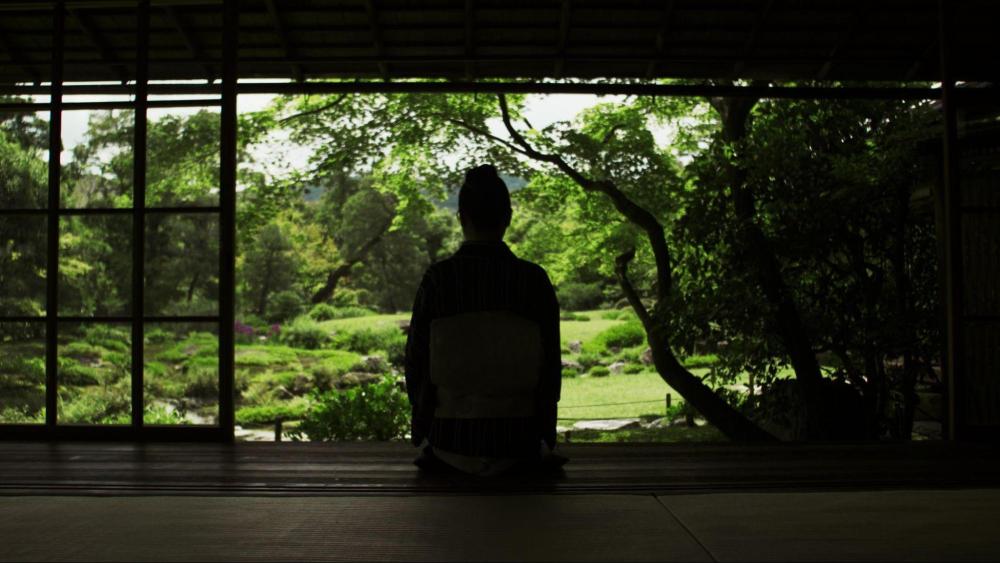[ad_1]
What if time wasn’t just something we measured but something we lived with, a quiet force shaping our thoughts, art and connections with the world? Seiko Group Corporation explores this profound idea in “The Gift of Time,” a short film that brings together some of Japan’s most celebrated creators to reflect on the role time plays in their lives and work.
More than a tribute to luxury timepieces, the film delves into the deep cultural significance of time in Japan, where it is viewed not as a fleeting resource but as a gift from nature. Featuring architect Kengo Kuma, contemporary artist Hiroshi Sugimoto, renowned singer MISIA, and composer and commissioner for agency for cultural affairs Shunichi Tokura, the film offers a rare glimpse into how time shapes creativity across art, architecture, music and beyond.
Kuma’s architectural designs are shaped by light and shadow, evolving with the time of day and the seasons. His work transforms the abstract concept of time into a tangible, almost physical presence within the spaces he creates.
Similarly, Sugimoto’s photography captures time in motion. His long-exposure images are meditations on how moments flow and blur together, turning transient beauty into something lasting. These unique and deeply personal perspectives allow viewers to reflect on their own relationship with time.
As a musician, MISIA mirrors time’s rhythm and emotional pace in her artistry. Beyond her music, her advocacy for environmental and social causes aligns beautifully with the film’s themes of harmony and connection with nature.
Tokura’s dual roles as composer and cultural commissioner bring yet another perspective to the table, showing how time intersects with art and societal responsibilities.
While “The Gift of Time” is the latest effort to preserve and share Japan’s cultural legacy, Seiko’s commitment goes far back. For decades, the company has redefined luxury through brands like Grand Seiko and WAKO, blending innovation with tradition. The film builds on that legacy and offers the world a deeper appreciation of Japan’s seasonal beauty, natural harmony and master artisanship.
At the center of this initiative is the newly reimagined basement floor of WAKO’s main store in Seiko House, Ginza. Reopened in July as an “Arts and Culture” hub, the space stands as a physical embodiment of the project’s mission. It is not just a showcase for luxury but a tribute to the artistry and creativity that define Japanese culture.
What makes “The Gift of Time” so captivating is not only its stunning visuals or impressive roster of creators, but also the philosophy underpinning the entire project. The Japanese view of time as a gift from nature resonates throughout the film. This idea is woven into the rhythm of the seasons, the beauty of fleeting moments and the craftsmanship passed down through generations. Time is not simply measured in hours or days. It is lived, felt and celebrated.
The film’s documentary style lets these themes unfold naturally. Kuma’s designs change with the light, Sugimoto’s photography freezes the flow of time and MISIA’s performances breathe life into rhythm. Each story reflects the interplay between time and creativity, threading together a tapestry of perspectives that highlights the nuance of Japan’s cultural relationship with time.
And this film is not only reserved for Japanese audiences. Seiko Group Corporation is screening “The Gift of Time” internationally, including in the U.S., and sharing Japanese culture with the world. By focusing on time as a universal yet uniquely Japanese concept, the film bridges cultural divides while remaining rooted in its origins.
Seiko’s film invites audiences to pause and consider the gift that time truly is, and serves as a reminder that in the rush of life, the most valuable treasures are often the moments we let ourselves truly feel.
2024-12-16 20:33:57
[og_img
